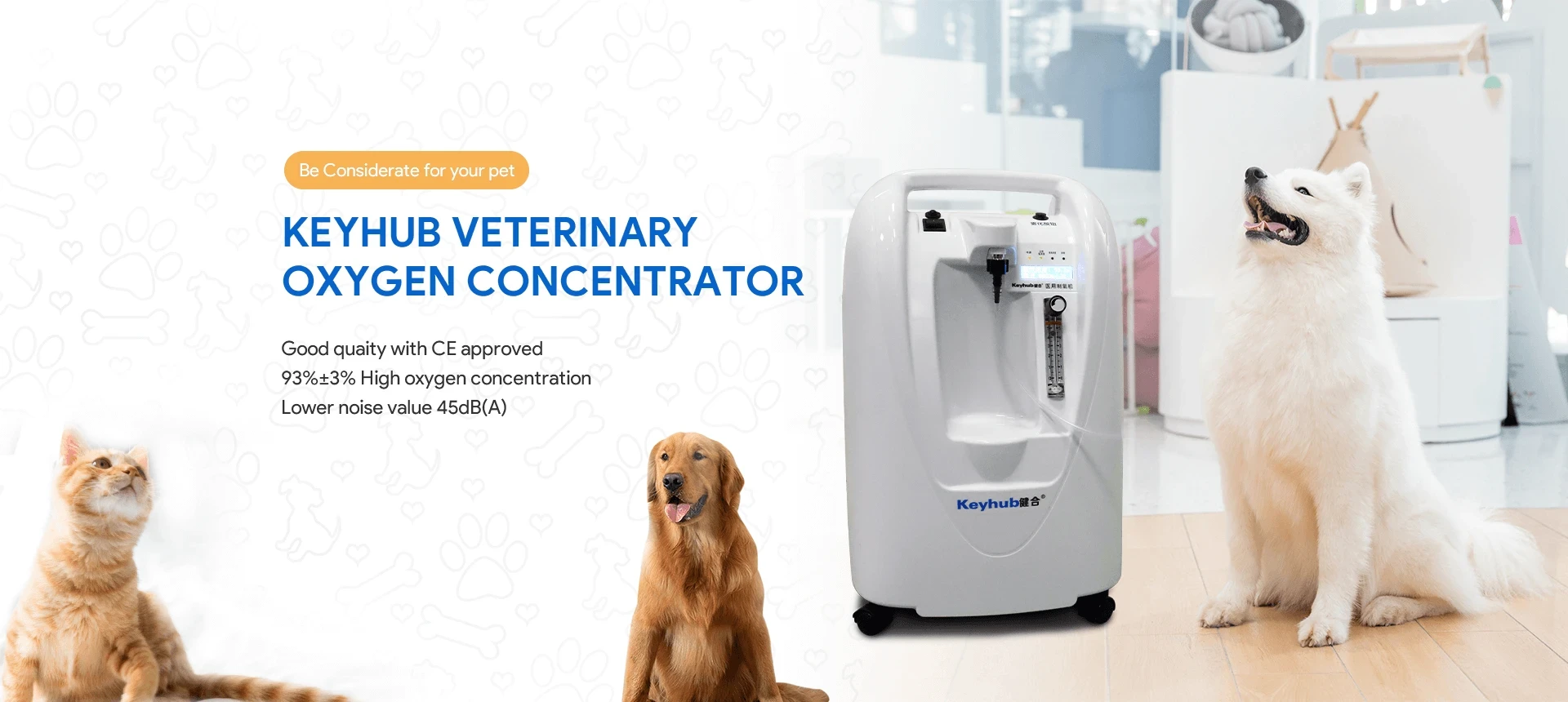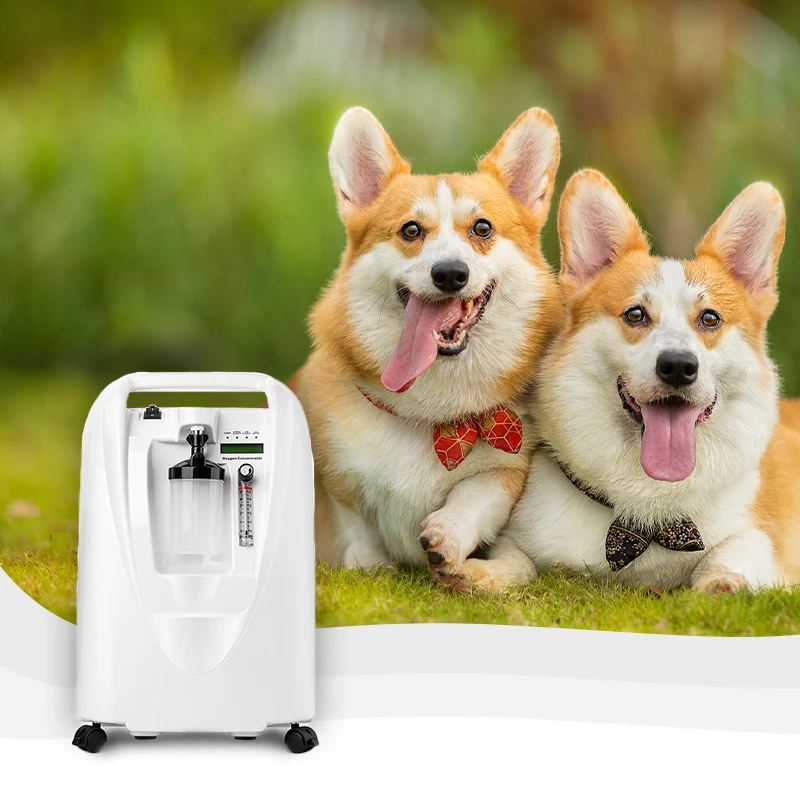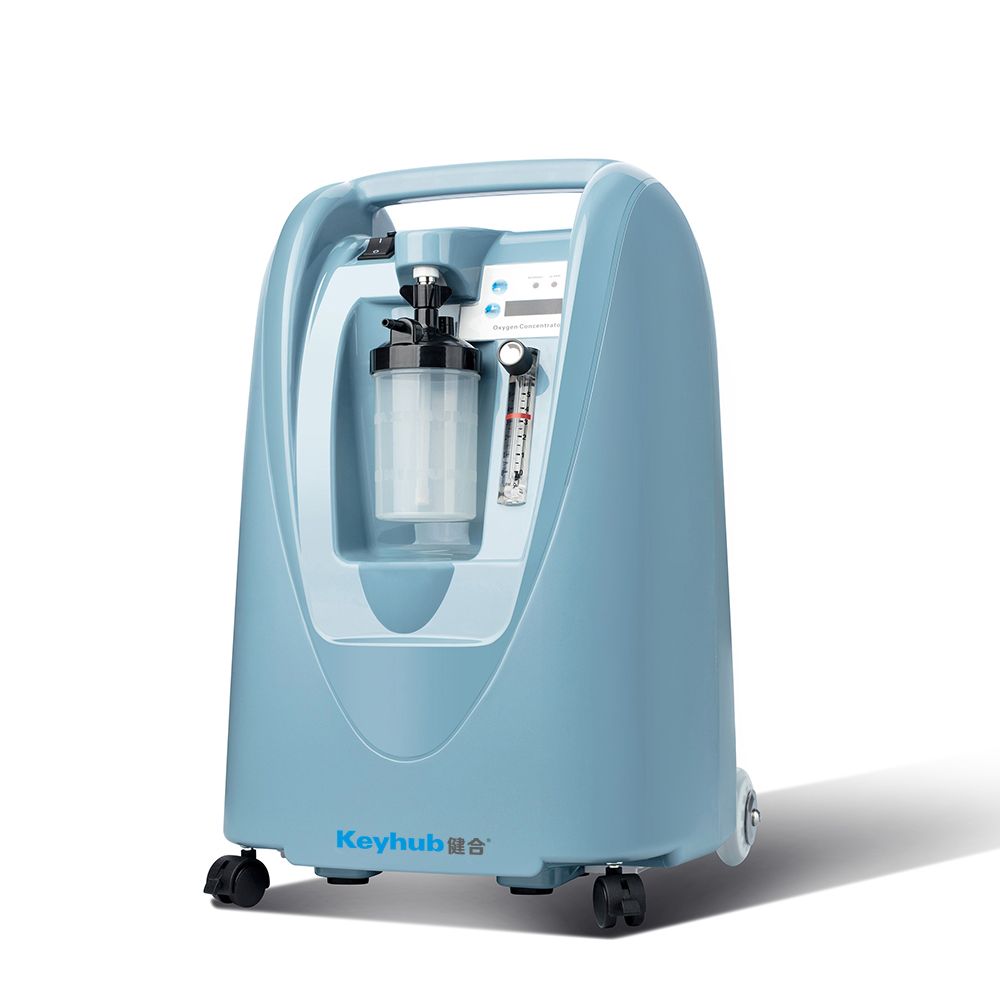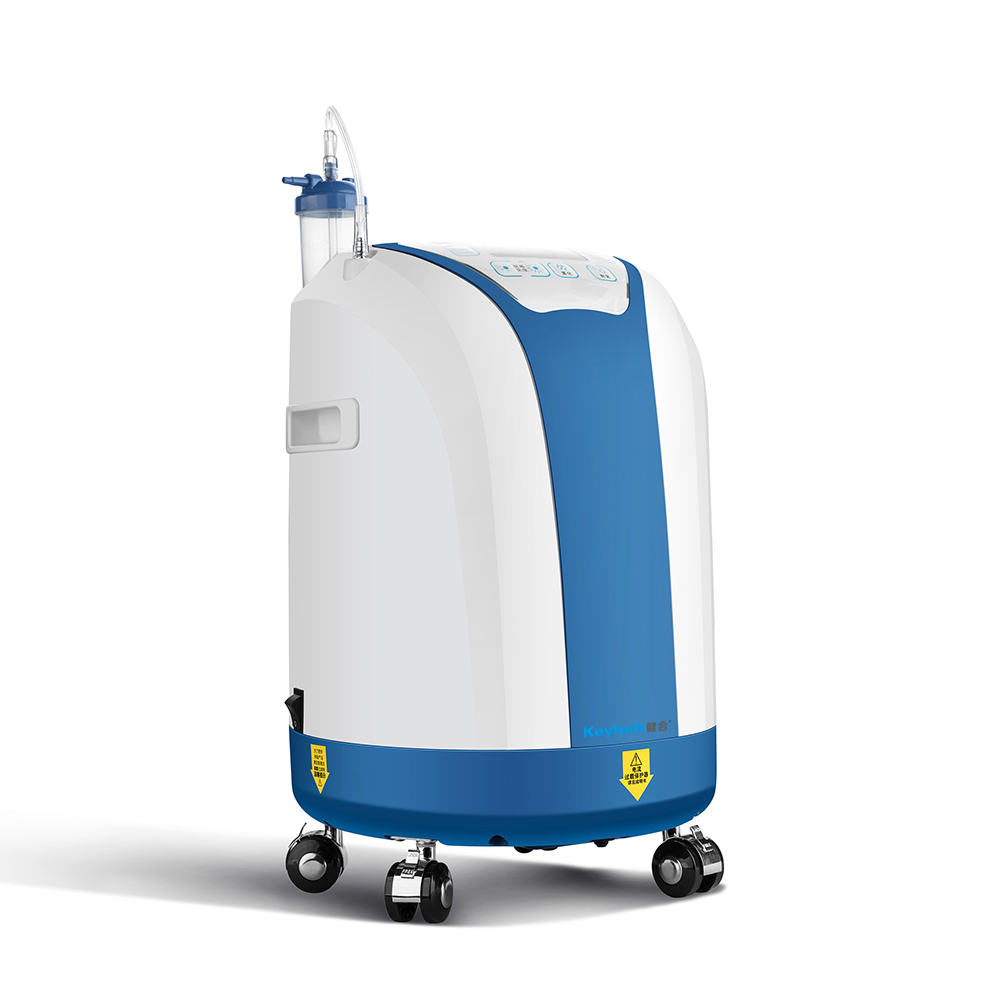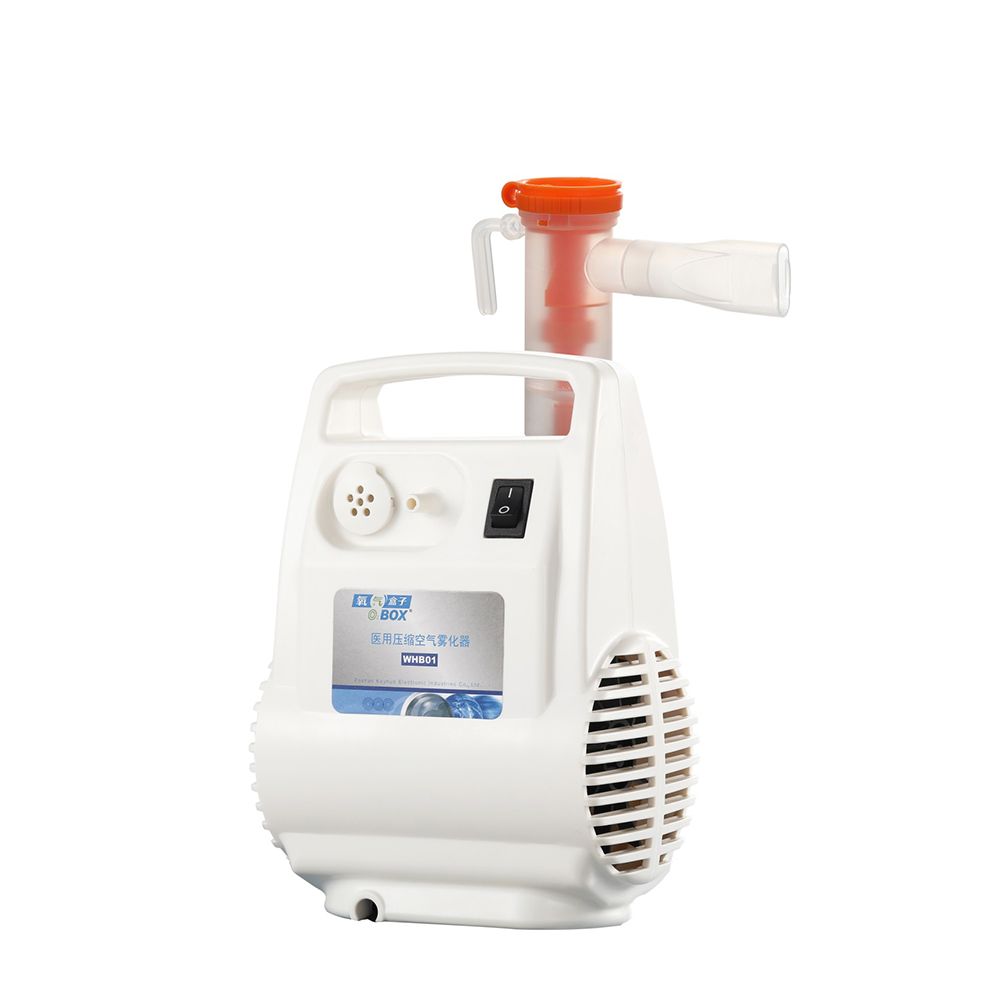Veterinary oxygen concentrators are essential tools in modern veterinary practice, providing a continuous supply of oxygen to animals in need of respiratory support. However, their use comes with specific safety considerations that must be meticulously observed to ensure the well-being of both the animals and the veterinary staff.
Understanding Veterinary Oxygen Concentrators
Oxygen concentrators work by extracting oxygen from the ambient air and concentrating it for delivery to the patient. This process involves filtering out nitrogen and other gases, resulting in a high concentration of oxygen that can be administered via masks, nasal cannulas, or directly through intubation.
Veterinary Oxygen Concentrator
Safety Considerations
1. Equipment Quality and Certification
Medical-Grade Equipment: Always use medical-grade oxygen concentrators specifically designed for veterinary use. Non-medical grade equipment can lead to inadequate oxygen delivery and pose significant health risks to animals.
Certifications: Ensure the concentrator is CSA-approved, FDA-approved, and UL-tested. These certifications indicate that the device meets stringent safety and performance standards.
2. Proper Placement and Ventilation
Location: Place the concentrator in a well-ventilated area, at least 6 inches away from walls, furniture, or draperies to prevent overheating and ensure proper airflow.
Avoid Heat Sources: Keep the concentrator away from bedding, clothing fabrics that generate static electricity, and heat sources such as space heaters or heat registers.
3. Electrical Safety
Avoid Extension Cords: Do not use extension cords or outlets that power other electrical equipment to prevent overloading and potential electrical hazards.
Regular Inspections: Periodically check the device for any alarms or indicators that may signal malfunction or insufficient oxygen delivery.
4. Handling and Supervision
Supervision: Closely supervise children and pets around the concentrator to prevent accidental damage or injury.
Backup Systems: If the concentrator is used continuously, ensure a backup oxygen system is available in case of power outages or device failure.
Maintenance Tips
Regular maintenance is crucial to ensure the concentrator operates efficiently and safely. Here are some essential maintenance tips:
Filter Cleaning: Remove and clean filters at least once a week. In environments with high dust or pollutants, clean them more frequently.
Cabinet Cleaning: Wipe the concentrator cabinet with a damp cloth to remove dust and debris.
Cannula Replacement: Change the oxygen cannula every 2 to 4 weeks, or immediately after the patient has been sick.
Check Connections: Regularly inspect all tubing and connections for tightness and integrity to prevent leaks.
Potential Risks and Mitigation
1. Oxygen Toxicity
Monitoring: Use devices with purity and flow alarms to monitor the oxygen concentration and flow rate accurately.
Avoid Overexposure: Follow prescribed oxygen levels and durations strictly.
2. Fire Hazard
No Open Flames: Do not use the concentrator near open flames or while smoking. Oxygen-enriched environments can significantly increase the risk of fire.
Leak Prevention: Ensure all hoses and connections are well-maintained and free from leaks to prevent combustion risks.
3. Equipment Failure
Regular Testing: Periodically test the concentrator to ensure it is functioning correctly. If the device shows a red light or shuts down, switch to a backup system immediately and seek professional assistance.
Avoid Overloading: Do not exceed the recommended tubing length (typically no more than 50 feet) to maintain proper oxygen flow and prevent system strain.
Conclusion
Veterinary oxygen concentrators are invaluable in providing critical respiratory support to animals. Always prioritize using certified medical-grade equipment and follow manufacturer guidelines to maintain the highest safety standards in your veterinary practice. By adhering to these safety considerations, maintenance tips, and risk mitigation strategies, veterinary professionals can ensure the safe and effective use of these devices, ultimately enhancing patient care and outcomes.


